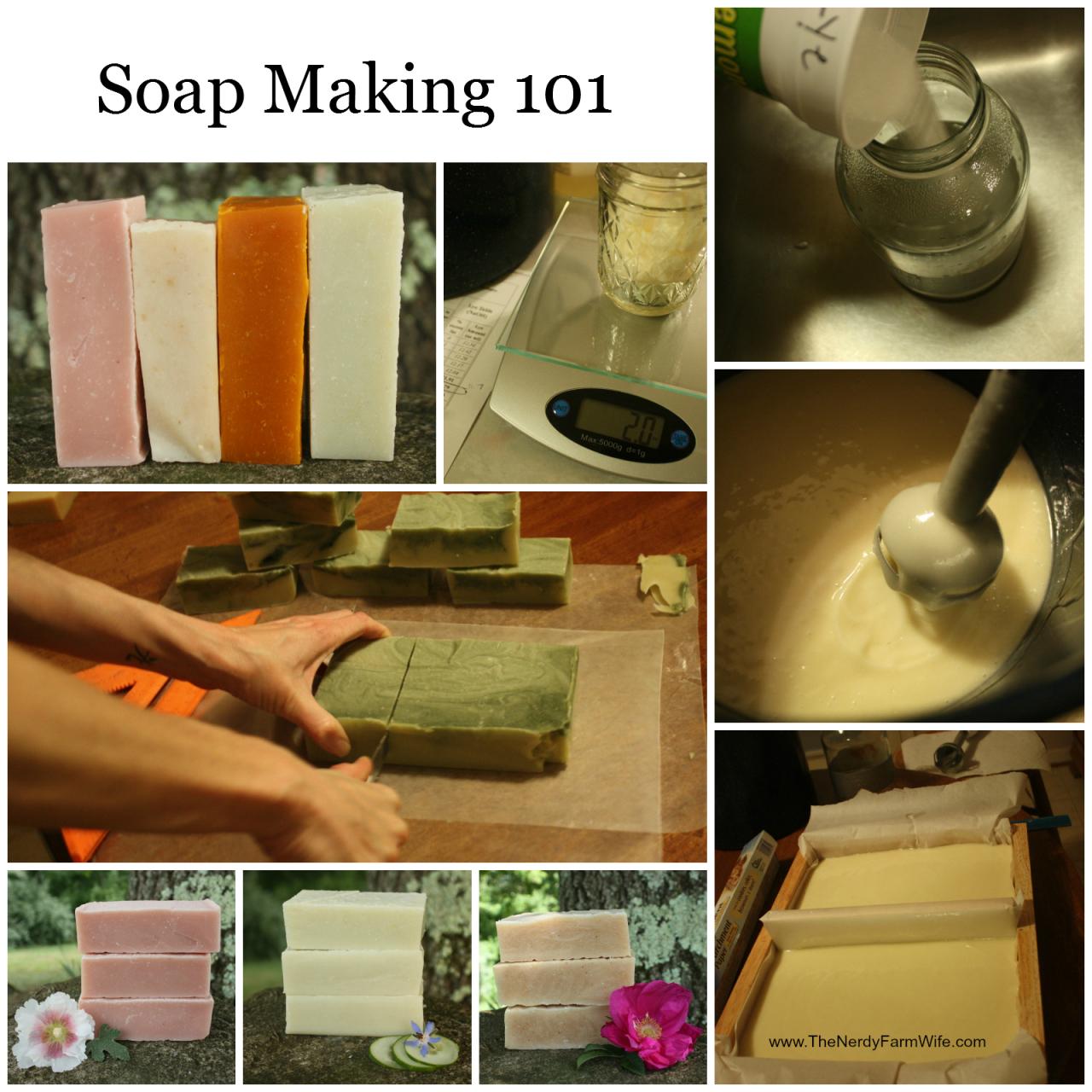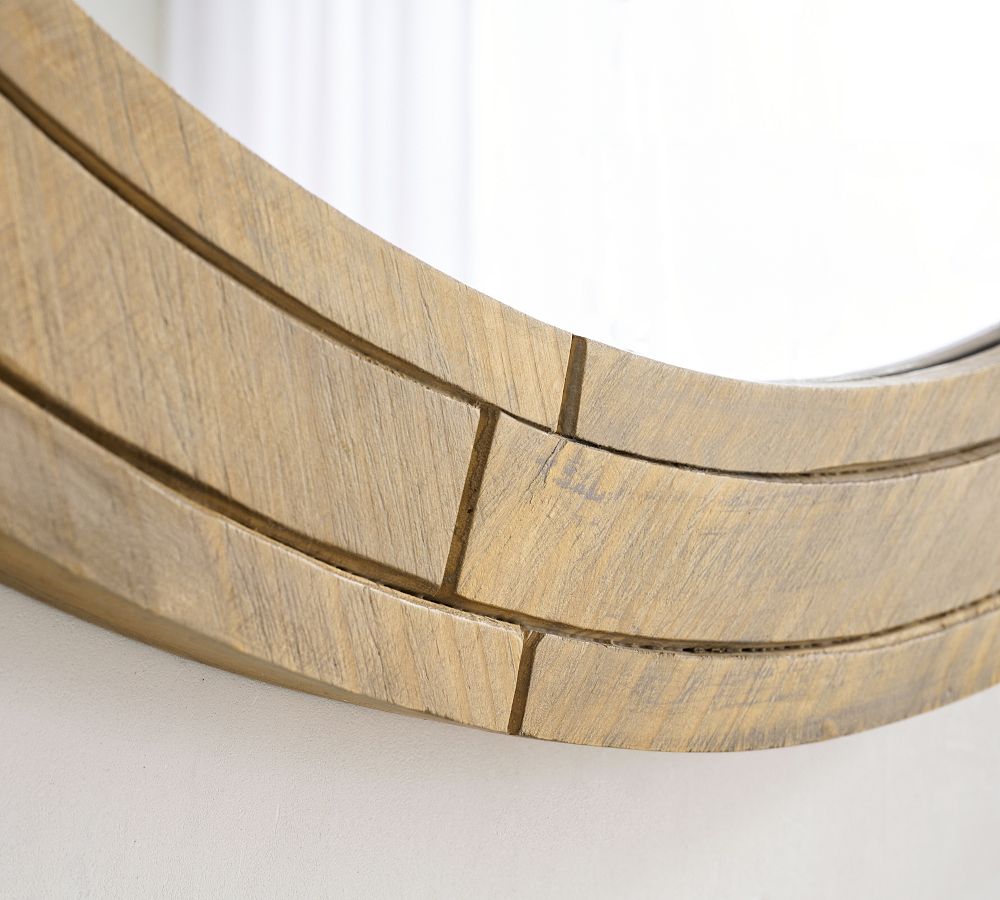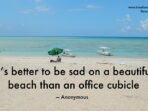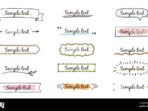Woodworking 101: Making Your First Wooden Shelf invites you to dive into the fulfilling world of woodworking, where creativity meets craftsmanship. Whether you’re a complete novice or someone looking to expand your skills, this guide provides all you need to successfully create your very own wooden shelf. From understanding the tools you’ll need to grasping essential techniques, we aim to equip you with the knowledge and confidence to bring your project to life.
Throughout this guide, you’ll learn the significance of selecting the right wood, how to measure and cut with precision, and the finishing touches that can elevate your work. With practical tips and step-by-step instructions, you’ll find that making your first wooden shelf is not only achievable but also immensely rewarding.

Welcome to the wonderful world of digital storytelling, where creativity meets technology in an exciting blend! Today, we’re diving deep into the fascinating realm of blogging, a practice that has revolutionized the way we share information, stories, and experiences with the world. Whether you’re a seasoned writer or just getting started, there’s something uniquely satisfying about putting your thoughts into words and publishing them for others to enjoy.
Blogging has become more than just a hobby; it’s a platform for self-expression, a means to connect with like-minded individuals, and sometimes, even a lucrative career option. So, what is it that draws so many people to this activity? Well, let’s explore the key elements that make blogging such an appealing undertaking.
The Freedom of Expression
One of the most captivating aspects of blogging is the freedom it provides. Unlike traditional publishing, which often has strict guidelines and a lengthy approval process, blogs allow you to express your ideas, opinions, and stories without limitations. You can write about anything that interests you—from personal experiences and travel adventures to cooking recipes and tech reviews. The sky’s the limit!
Moreover, this freedom fosters creativity. You’re not just writing; you’re crafting a narrative that reflects your personality and style. You can choose the tone of your writing, whether it’s casual and conversational or formal and informative. This versatility is what makes blogging so enjoyable and allows you to connect with your audience on a personal level.
Building a Community
Blogging also offers the chance to build a community around your interests. When you share your thoughts online, you invite others to engage with you. Readers who resonate with your content often leave comments, share their own experiences, and become loyal followers. This interaction creates a sense of belonging and fosters meaningful connections.
Through your blog, you can create a safe space for discussions about topics that matter to you and your readers. Whether it’s a niche interest or a broader subject, your blog can become a hub for people looking to share ideas and insights. Over time, you may find that these online interactions lead to friendships and collaborations that extend beyond the digital realm.
Mastering the Art of Storytelling
At the heart of every great blog is a compelling story. Storytelling is an age-old tradition that resonates with people, and when applied to blogging, it makes your content more engaging and relatable. Think about the blogs you enjoy reading: they often incorporate personal anecdotes, vivid descriptions, and emotional connections that draw you in.
To master the art of storytelling in your blog, consider these key elements:
- Know Your Audience: Understanding who you’re writing for helps tailor your stories to their interests and preferences.
- Use Vivid Imagery: Paint a picture with your words. Descriptive language can transport readers to the scene you’re describing.
- Build Tension: Every good story has a conflict or tension that keeps readers hooked. Share challenges you faced and how you overcame them.
- Conclude with a Message: Leave your audience with something to think about or a call to action that encourages them to engage further.
Learning and Growth
Another exciting aspect of blogging is the opportunity for personal and professional growth. As you write and publish content, you’ll find yourself constantly learning. Whether it’s improving your writing skills, researching topics, or delving into practices to boost your blog’s visibility, the learning curve is steep yet rewarding.
As you interact with your readers and receive feedback, you’ll also gain insights into what resonates with your audience. This feedback loop is invaluable, as it helps you refine your voice and approach. Over time, you may even discover new passions and areas of expertise that you hadn’t considered before!
The Potential for Monetization: Woodworking 101: Making Your First Wooden Shelf
For many, blogging is more than just a creative outlet; it’s also a potential source of income. While monetization shouldn’t be the primary focus when starting a blog, it’s worth noting that with dedication and strategy, you can turn your passion into profit.
There are several ways to monetize your blog:
- Affiliate Marketing: Promote products or services and earn a commission for each sale made through your referral.
- Sponsored Posts: Collaborate with brands to create content that showcases their products to your audience.
- Ad Revenue: Use ad networks like Google AdSense to display ads on your blog and earn money based on clicks or impressions.
- Sell Products or Services: Offer your own products, courses, or services directly through your blog.
Conclusion: Your Blogging Journey Awaits
In conclusion, blogging is an enriching experience that combines creativity, community, and learning. Whether you’re sharing personal stories, exploring new interests, or connecting with others, the journey is uniquely yours. So, if you’ve been contemplating starting a blog, now might be the perfect time to dive in.
Remember, every great blogger started somewhere. Embrace the process, be authentic, and enjoy the ride! With persistence and passion, you’ll find your voice and your audience. Happy blogging!
Question Bank
Do I need prior woodworking experience to start?
No, this guide is designed for beginners, so no prior experience is necessary.

What type of wood is best for a beginner shelf?
Pine is a great choice for beginners due to its affordability and ease of use.
What tools do I need to start woodworking?
Basic tools include a saw, drill, measuring tape, and sandpaper. A wood glue will also be helpful.
How long does it take to make a wooden shelf?
The time required can vary, but you can expect to spend a few hours to a couple of days depending on your design and experience level.
Can I customize my shelf design?
Absolutely! Feel free to get creative with dimensions, styles, and finishes to make your shelf unique.




